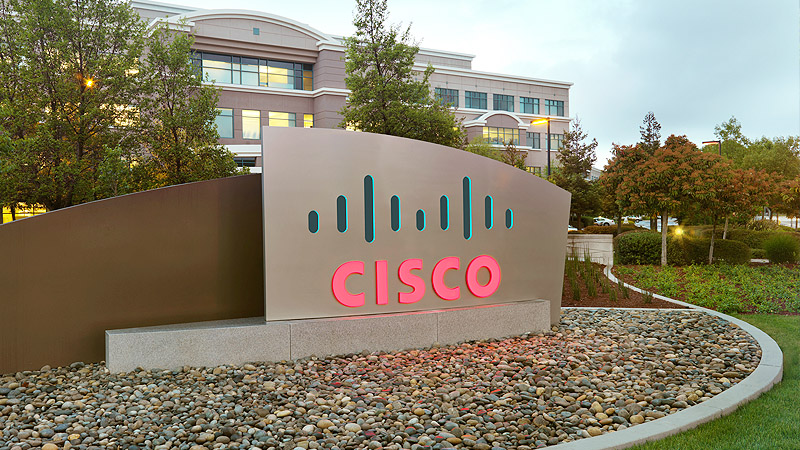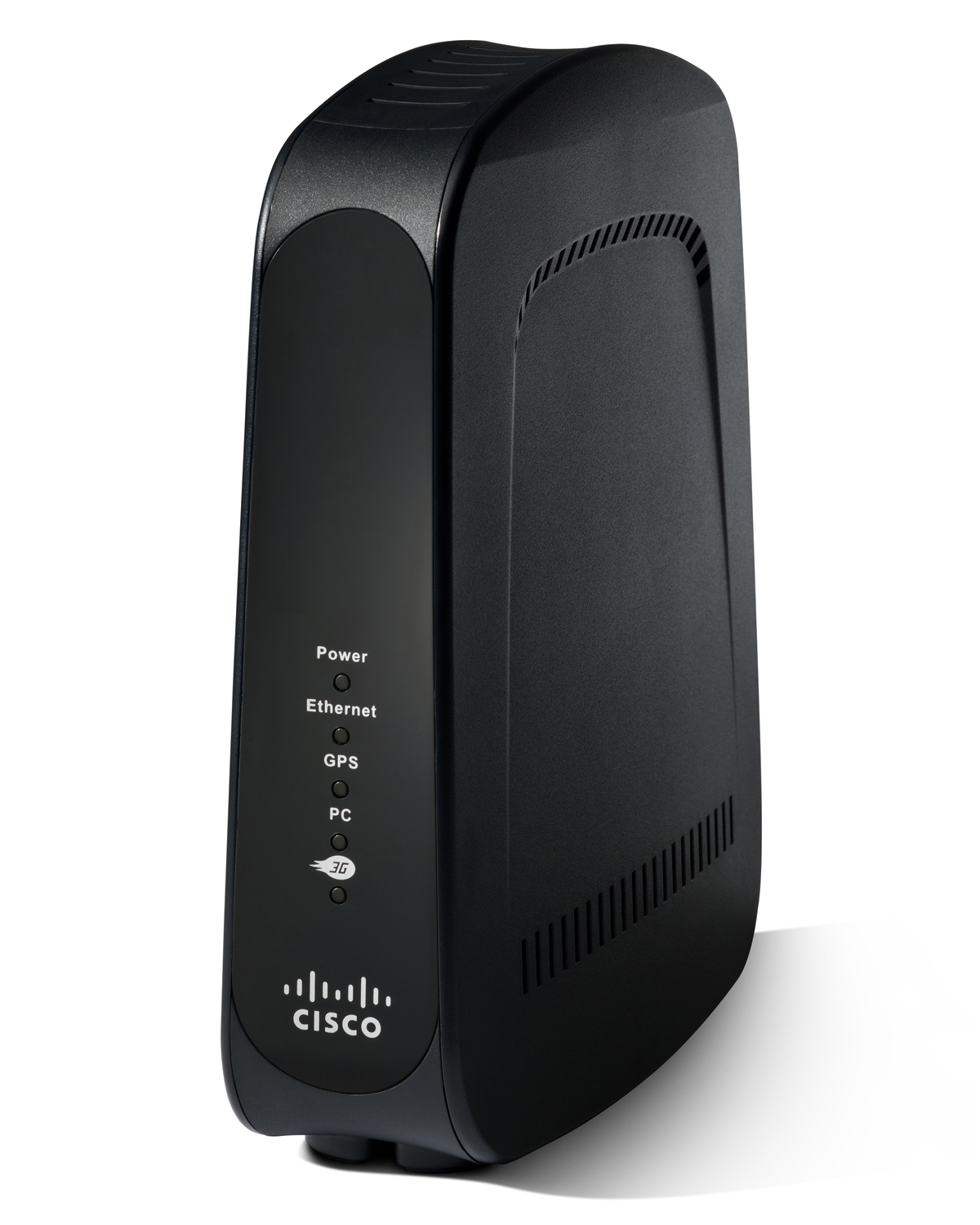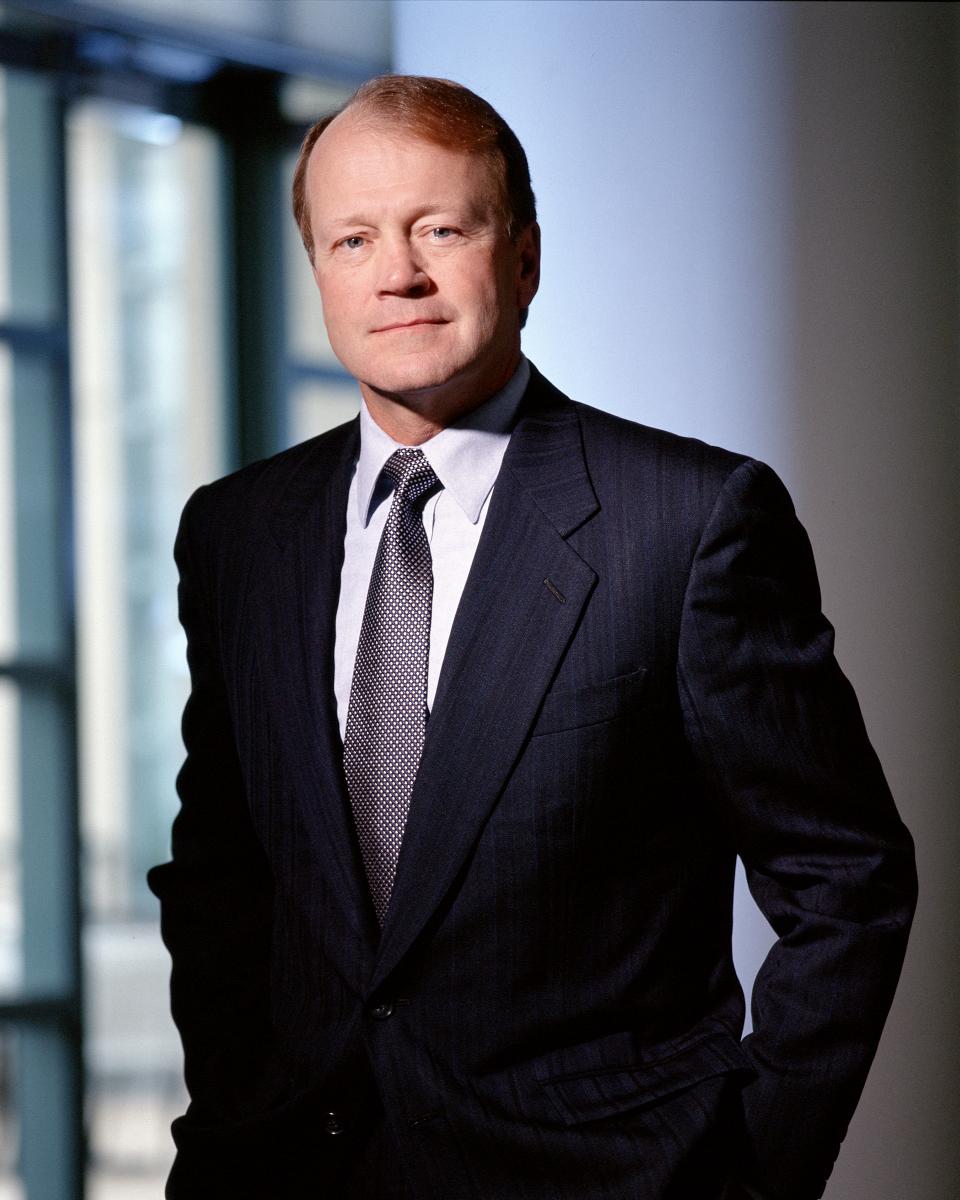BARCELONA – February 28, 2012 – At Mobile World Congress today, Cisco is introducing the industry's first carrier-grade, end-to-end Wi-Fi infrastructure to deliver Next-Generation Hotspots (NGH). The company also announced that it is working with several leading global service providers, including BT, PCCW mobile, Portugal Telecom, Shaw Communications, Smart and True, to deliver innovative mobile services with a new generation of intelligent "small cell" solutions utilizing licensed and unlicensed radio technology.
Cisco, which is now embedding Wireless Broadband Alliance (WBA)-approved NGH technology within its service provider Wi-Fi portfolio, recently became the first to deploy NGH technology to enable cellular-like roaming for Wi-Fi networks. The WBA's NGH initiative is based on the Hotspot 2.0 specification established by the Wi-Fi Alliance and is designed to provide mobile users with a seamless Wi-Fi experience. Cisco has deployed over 12 million access points, the majority of which can now be upgraded to support NGH, giving the company the most experience delivering the widest range of Wi-Fi solutions, including in-flight Wi-Fi, retail hotspots, stadium and large venue coverage, and extensive data offload deployments.
Cisco's new Small Cell Gateway, based on the industry-leading Cisco ASR 5000 Series Mobile Multimedia Core Router, will enable operators to manage subscriber and service information while integrating 2G/3G/4G LTE and femtocell (licensed) networks with Wi-Fi (unlicensed) networks, to deliver seamless experiences across multiple heterogeneous access networks.
"We are now entering the post-macrocell era, where small cells also will play a critical role in delivering the next-generation mobile Internet," said John Chambers, Cisco chairman and CEO. "Existing mobile network infrastructures simply cannot sustain the growth we're seeing on their own. Tomorrow's mobile Internet must span multiple networks and deliver seamless and highly secure mobile experiences. This requires an architectural approach powered by a cloud-intelligent network of networks. Cisco and our service provider partners see tremendous opportunity as we together build out these networks and empower the mobile Internet generation."
Cisco's technology innovations, deployments and industry-first solutions in small cells are expected to help operators address capacity constraints from spectrum limitations; scale coverage effectively; deliver seamless experiences across heterogeneous access networks; save on capital and operational costs, and facilitate the continuing explosion in mobile traffic, devices and new services.
News Overview
Mobile Traffic Growth
- According to the Cisco Visual Networking Index (VNI) Global Mobile Data Traffic Forecast for 2011 to 2016, worldwide mobile data traffic will increase 18-fold between 2011 and 2016. Due to physical limits and availability of licensed spectrum, existing cellular (macro radio) networks alone are incapable of sustaining the anticipated proliferation in mobile traffic and devices.
- Concurrently, Wi-Fi connectivity is becoming more ubiquitous through devices like smart phones, tablets, televisions and even automobiles. Furthermore, when users are accessing mobile devices, 80 percent of the time they are inside buildings (source: Cisco IBSG). Service providers continue to seek new ways to offload traditional cellular traffic, which would help ensure coverage and also alleviate capacity constraints due to the limited amount of available licensed spectrum.
Big Problem Solved with Small-Cell Solutions
- Cisco and several leading service providers are working together to augment their existing network infrastructures with intelligent small cell technology. Small cells combine both licensed radio (low-powered indoor/outdoor base stations with limited range) and unlicensed radio (carrier-grade Wi-Fi) technologies that act as part of an integrated network offering. Operators can now offer seamless user experiences across consumer and enterprise applications and mobile devices.
- The following is a summary of Cisco's small cell technology deployments:
- BT is working with Cisco and using Cisco technology, through the WBA program, to trial the capabilities of NGH.
- PCCW mobile, an operating division of HKT, Hong Kong's premier telecommunications provider, recently completed a commercial trial of the highly secure roaming provided by NGH via Cisco's service provider Wi-Fi solution in locations around Hong Kong.
- Portugal Telecom is partnering with Cisco to design its next-generation mobile network to deliver advanced business and consumer services with the highest levels of quality and reliability. The new IP-based infrastructure will enable PT to deliver compelling user experiences while meeting the challenge of mobile Internet traffic growth and accelerating the deployment of 4G and high-capacity Wi-Fi hotspots.
- Shaw Communications and Cisco have an agreement to deploy an extensive and advanced Wi-Fi network in Western Canada to provide broadband wireless access. The next-generation network will allow Shaw customers to connect Wi-Fi enabled devices like tablets, mobile phones and computers to thousands of Wi-Fi access points in Shaw's communities. Shaw will also conduct a technical trial of HotSpot 2.0 using Cisco's Service Provider Wi-Fi solution.
- As Thailand's leader in both Wi-Fi and 3G technologies, TrueMove H is currently testing Cisco's WBA-approved NGH technologies in Thailand. The Hotspot 2.0 public trials support True Group's convergence strategy to bring more convenience to consumers by empowering them through seamless and highly-secure mobile wireless broadband connectivity.
- Smart, the sole member of the WBA in the Philippines, is working with Cisco to deliver NGH technologies to the country.
Cisco Delivers Industry's First End-to-End Wi-Fi Solution
- Cisco's Service Provider Wi-Fi solution is a carrier-grade, end-to-end platform that can scale to support exponential traffic growth and millions of users with a seamless mobile experience. Cisco's Service Provider Wi-Fi solution is built on open standards and can be tailored to meet the coverage and capacity needs of global service providers.
- Cisco has been working with leading global service providers and mobile device and technology companies to establish standards-based NGH specifications, which will enable mobile providers to introduce new revenue-generating applications and services.
Strong Industry Support
- "WBA's Next Generation Hotspot (NGH) technology is a collaboration among its members comprising leading mobile network operators, network solution companies and device manufacturers," said Supoj Mahapan, director, International Services Business, True Corporation Plc. "It is designed to offer seamless and highly-secure accessibility between Wi-Fi and 3G, enabling consumers to stay connected all the time with greater convenience and coverage. This industry initiative is currently being tested in Thailand by Cisco and True. Other countries in the region where Hotspot 2.0 trials are taking place include the Philippines and Hong Kong. As Thailand's leader in both Wi-Fi and 3G technology, TrueMove H is very proud to join Cisco in playing an important part in spearheading WBA's cutting-edge NGH technology through Hotspot 2.0. Moreover, the Hotspot 2.0 public trials are in line with True Group's convergence strategy to bring more convenience to consumers by empowering them with more freedom through seamless and highly-secure mobile wireless broadband connectivity."
- "As the sole member of the WBA in the Philippines, Smart is committed to the Next Generation Hotspot (NGH) project as it is of special importance to Filipinos," said Orlando B. Vea, chief wireless advisor of SMART Communications. "There are millions of Overseas Filipino Workers (OFWs) who frequently fly in and out of the country and we believe that this project will benefit them greatly. The NGH initiative will also help us achieve our goal of bringing the power of the Internet into the hands of even more Filipinos worldwide."
- "Next Generation Hotspots allow smart phones and tablets to automatically roam from the mobile network on to Wi-Fi hotspots, increasing the coverage and capacity of both," said Chris Bruce, chair of the Wireless Broadband Alliance. "These trials are unique because the key players from both the mobile operator community and the Wi-Fi ecosystem have supported each other in this industry-wide programme. The future is a great broadband experience across all sorts of different technologies."
- "One of our goals at Google is to facilitate access to information," said Alan Norman, principal, Google Access Strategy. "That is why we support Cisco's Next-Generation Hotspot program to enable a safe and seamless Wi-Fi roaming experience as we enter into the new era of the mobile Internet."
- "We (Samsung) think that the work we've been doing with Cisco and others around Next Generation Hotspot, coupled with our enterprise-grade hardware and software, will allow us to shape the market," said Ken Daniels, senior director of strategic alliances at Samsung Mobile. "With huge implications for retail, healthcare, and education, Next Generation Hotspot will have a very lofty impact on everything we all do moving forward."
- "The need for small cells as a capacity enhancement and data offload tool is well understood," said Peter Jarich, service director with Current Analysis. "What is not as frequently discussed is the need for holistic small cell solutions including licensed spectrum and Wi-Fi assets along with common transport and control backed by deployment and business consulting insights. Cisco's end-to-end, holistic approach to mobile networking will allow operators to deliver seamless experiences across heterogeneous access networks and save on capital and operational costs."
- "Tier-one mobile operators are trialing small cell solutions to meet rapidly increasing end-user demand for improved coverage and performance," said Gabriel Brown, senior analyst at Heavy Reading. "There's tremendous potential to use small cell products that integrate Wi-Fi and cellular technologies to target high-value locations and deliver a superior customer experience that is difficult to achieve cost-effectively with classic macro network deployment models."
Editor's Note: On Tuesday, Feb. 28, at 4 p.m. (CET) at the Fira Barcelona, site of the GSMA Mobile World Congress 2012, Cisco will host a mobile Internet media and analyst event with several leading mobile operators. To access a re-broadcast of the webcast visit: Cisco "Transforming the Mobile Internet" Media & Analyst Event.
Supporting Resources
- Video: BT and Cisco Enable "Ubiquitous Connectivity"
- Information on Cisco Service Provider products and technologies
- Cisco Visual Networking Index home page
- Read the complete Cisco Visual Networking Index Mobile Data Traffic Forecast and Methodology, 2011-2016 white paper
- Cisco Visual Networking Index Mobile Data Traffic Forecast, 2011-2016 FAQs
- For more information about Cisco's service provider news and activities visit the SP360 Blog or follow us on Twitter @CiscoSPMobility or hashtag #VNI or SP360 SlideShare
- Subscribe to Cisco's SP360 feed
- The Mobile Cloud: When Two Explosive Markets Collide POV
http://www.cisco.com/web/about/ac79/docs/sp/Mobile-Cloud-Overview-POV.pdf - A New Chapter for Mobile? POV
http://www.cisco.com/web/about/ac79/docs/sp/New-Chapter-for-Mobile.pdf
Keywords: John Chambers, Cisco, Next-Generation Hotspot, small cells, Hotspot 2.0, mobile internet, femtocell, macro radio, Wi-Fi, SP Wi-Fi, ASR 5000, BT, PCCW, Shaw, Portugal Telecom, Wireless Broadband Alliance, Service Provider Wi-Fi.
About Cisco
Cisco (NASDAQ: CSCO) is the worldwide leader in networking that transforms how people connect, communicate and collaborate. Information about Cisco can be found at http://www.cisco.com. For ongoing news, please go to http://newsroom.cisco.com
# # #
Cisco and the Cisco logo are trademarks or registered trademarks of Cisco and/or its affiliates in the U.S. and other countries. A listing of Cisco's trademarks can be found at www.cisco.com/go/trademarks. Third-party trademarks mentioned are the property of their respective owners.The use of the word partner does not imply a partnership relationship between Cisco and any other company.







